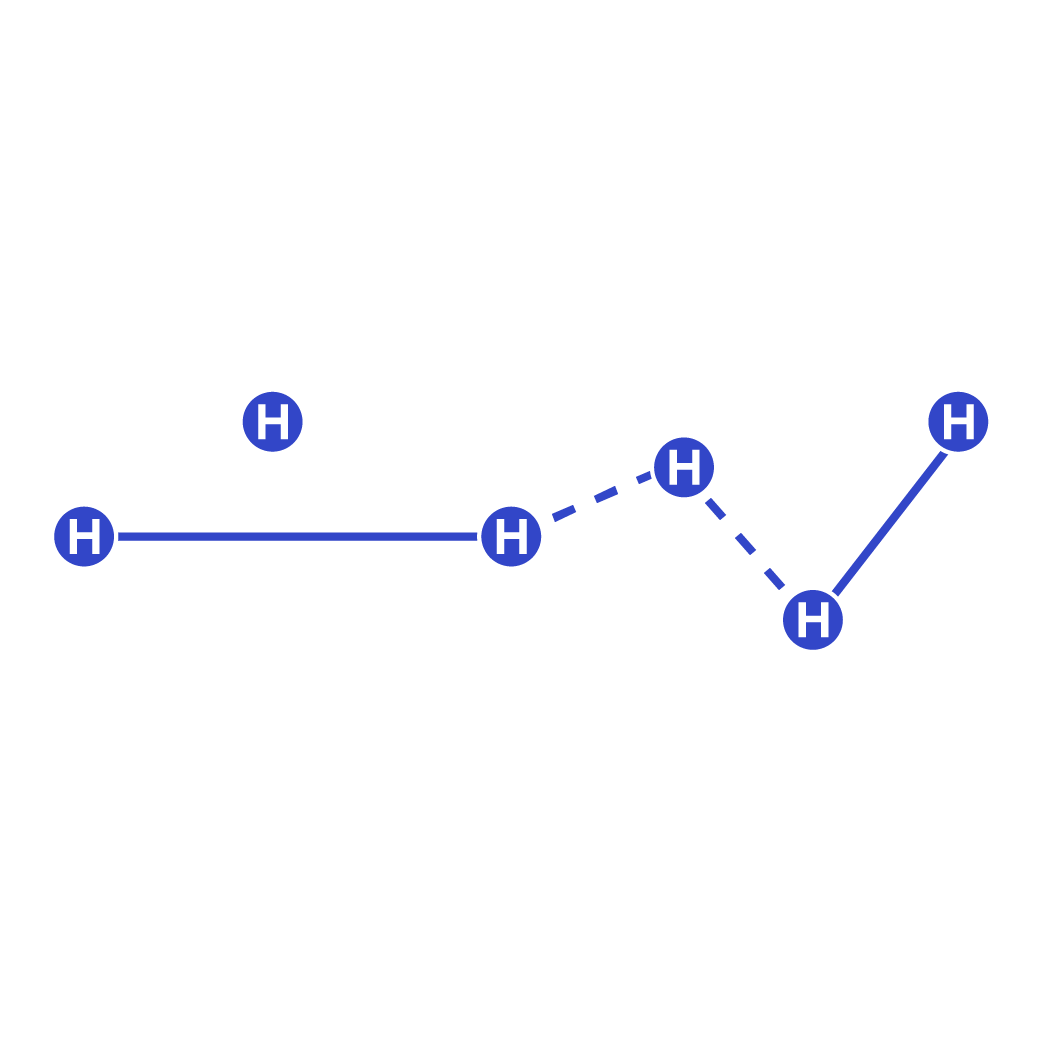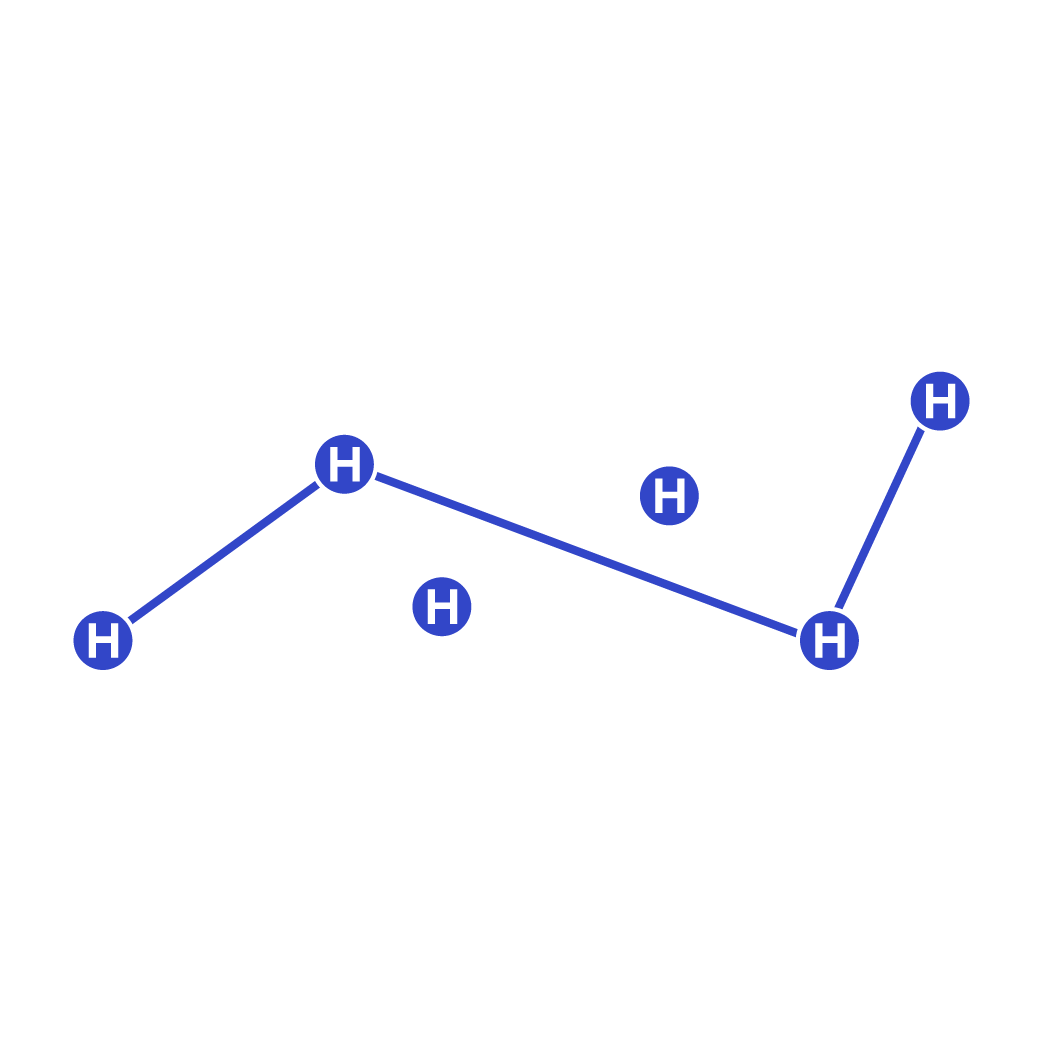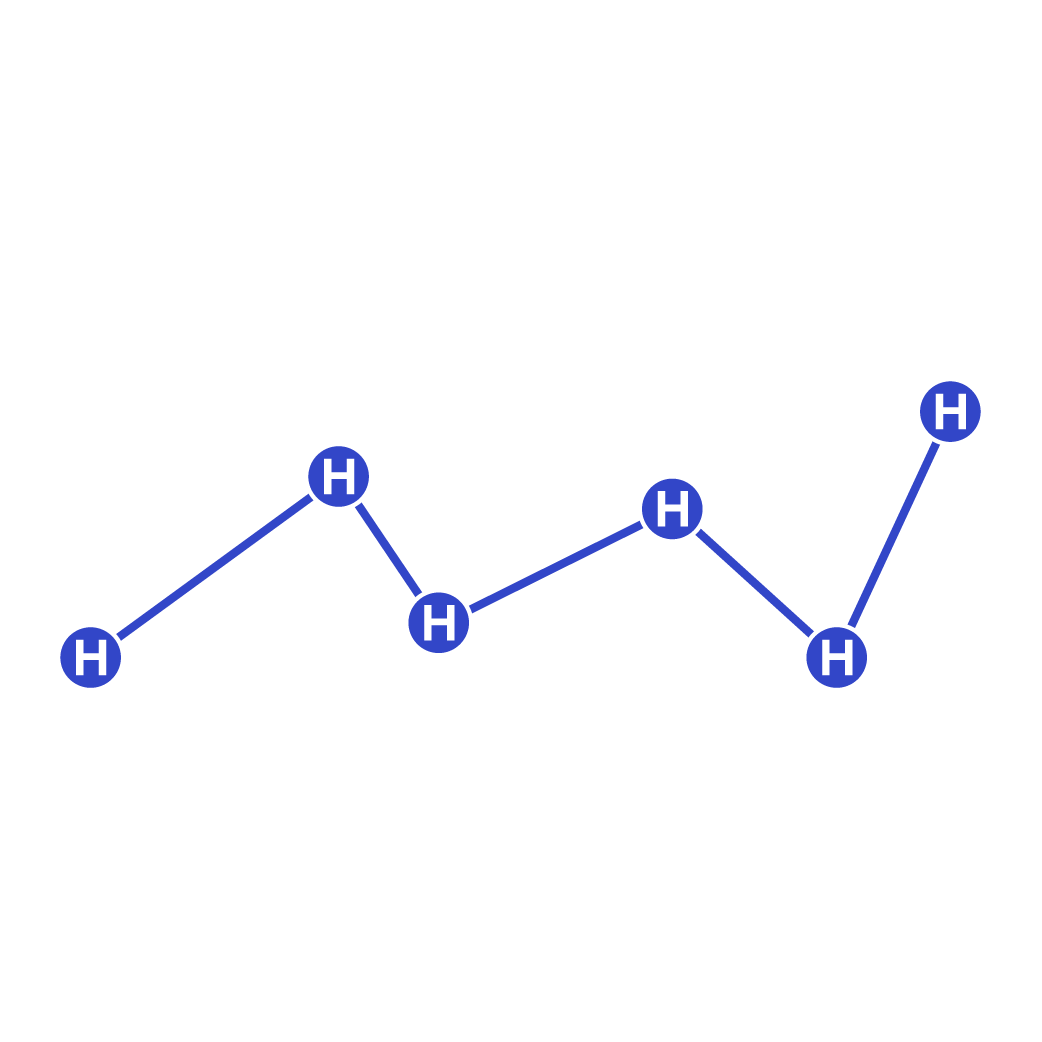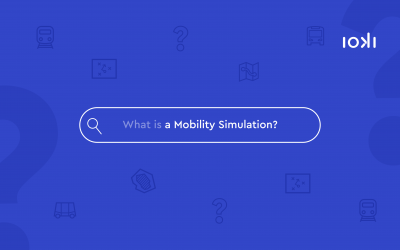There are several forms that can be distinguished:
Semi-fixed lines with demand stops:
Semi-fixed lines with demand stops combine fixed routes and timetables with the option to adjust or book journeys flexibly. Along the route, there are fixed stops as well as those that can be optionally served through booking. This increases flexibility, adapts to actual passenger demand, improves service to less frequented areas, and is cost-efficient.

Line-based DRT:
In line-based DRT, there are fixed stops along the route, which are only served when needed, without following a strict timetable. Passengers are not bound by a schedule but must book their trips in advance. This allows for demand-based adjustments to service and better use of resources.

On-demand transport:
Pure on-demand transport offers maximum flexibility thanks to its digital nature, without fixed routes, stops, or schedules. Journeys are organised on request, enabling demand-based service while minimising empty trips.

Classic route-based transport:
In comparison, classic route-based transport relies on fixed routes and timetables. This offers high predictability and efficiency in transporting large numbers of passengers at low operational costs. Passengers do not need to book their trips in advance. However, this model lacks flexibility and can result in unnecessary journeys without passengers.

Each model has specific advantages and disadvantages, which should be weighed according to the needs of the region. The choice of the appropriate transport concept can significantly contribute to the efficiency of mobility and passenger satisfaction.



